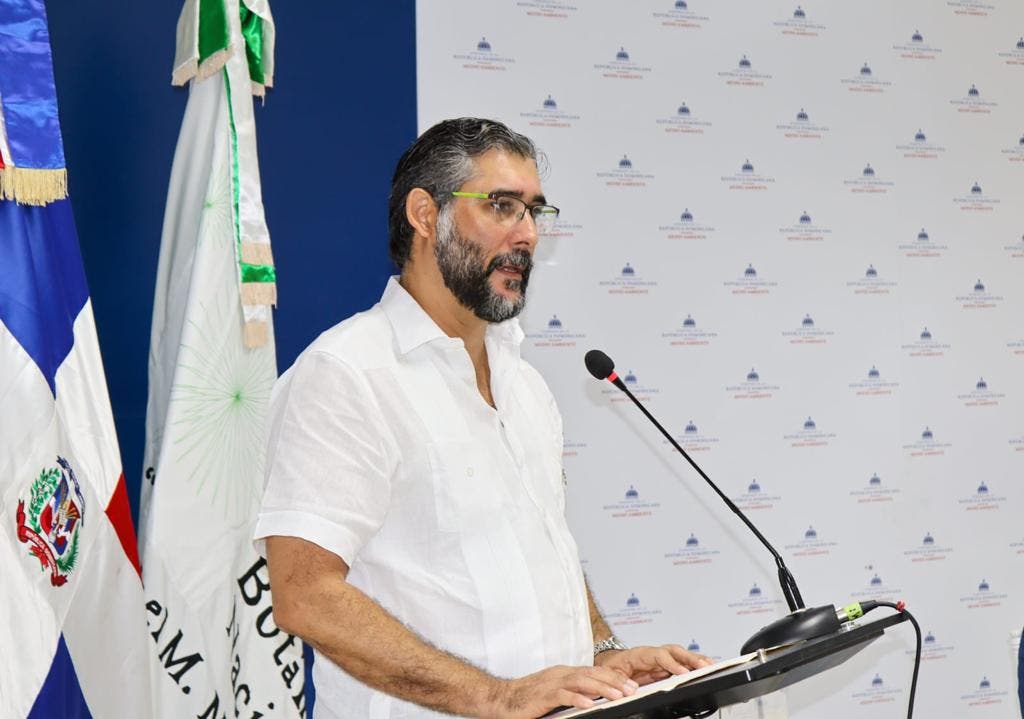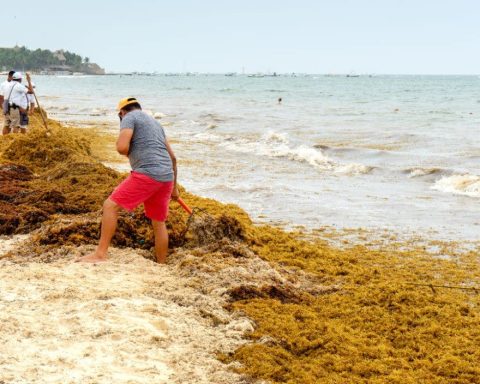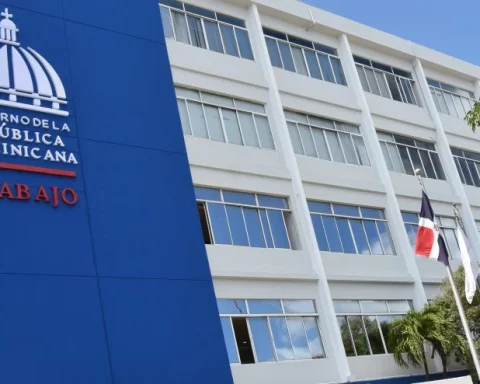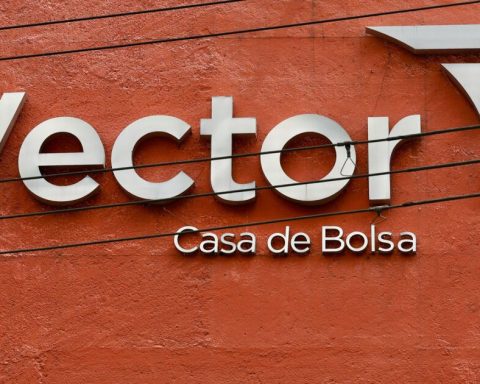The Ministry of Environment and Natural Resources held this Thursday the act of Reintroduction of the Orchid “Cacatica” (Tolumnia henekekii), one of the rarest species in the Dominican Republic.
The reintroduction of this plant is the first to be carried out in 10 years and has the purpose of conserving and safeguarding this endemic species which is in critical danger of extinction.
As part of this initiative, this Friday, November 19, 320 Cacatica plants will be planted in the Villa Elisa Scientific Reserve, located in the Montecristi province.
The project to reintroduce this plant is made up of the Vice Ministry of Protected Areas of the Ministry of Environment and Natural Resources, the National Botanical Garden, Dr. Rafael M. Moscoso and the Botanical Garden of Santiago, Professor Eugenio de Jesús Marcano Fondeur.
“With this scientific activity carried out by the two botanists and the Ministry, we can say that the species of this orchid is practically in line with being out of danger, that is the importance, we are giving a clear message that by integrating society, the scientific community and the State, we make a difference, stressed the Vice Minister of Protected Areas, Federico Franco.
The process to achieve the reintroduction of the Cacatica was directed by the biologist Betsaida Cabrera and the agronomist Yuraisi Rodríguez, researchers from the National Botanical Garden, who expressed that this work lasted for a whole year.
They explained that the importance of this project is that it will increase the population density of the species, reduce the degree of threat and even distribute them in other potential areas. They added that it will also be possible to distribute a small part among orchid lovers and fans so that they do not have the need to go to the plant’s natural habitat, which is what reduces the number of individuals and leads to the danger of extinction.
about orchids
Orchids or orchidaceae (scientific name Orchidaceae) are a family of monocotyledonous plants that are distinguished by the complexity of their flowers and their ecological interactions with pollinating agents and with the fungi with which they form mycorrhizae.
The family comprises approximately 25,000 species (some sources report 30,000), making it one of the families with the highest species richness among angiosperms. To this natural diversity are added 60,000 hybrids and varieties produced by flower growers.


















